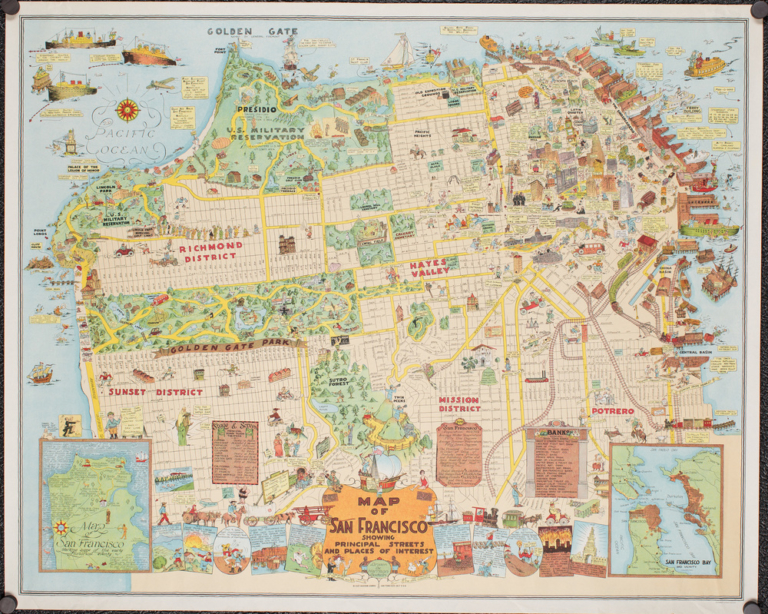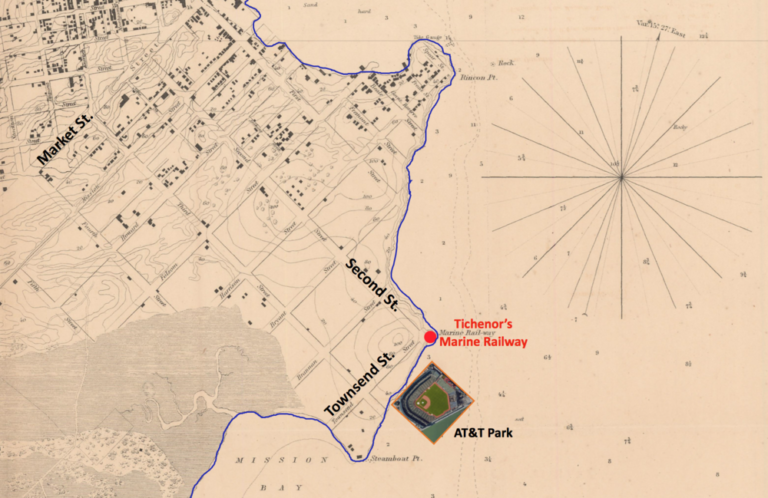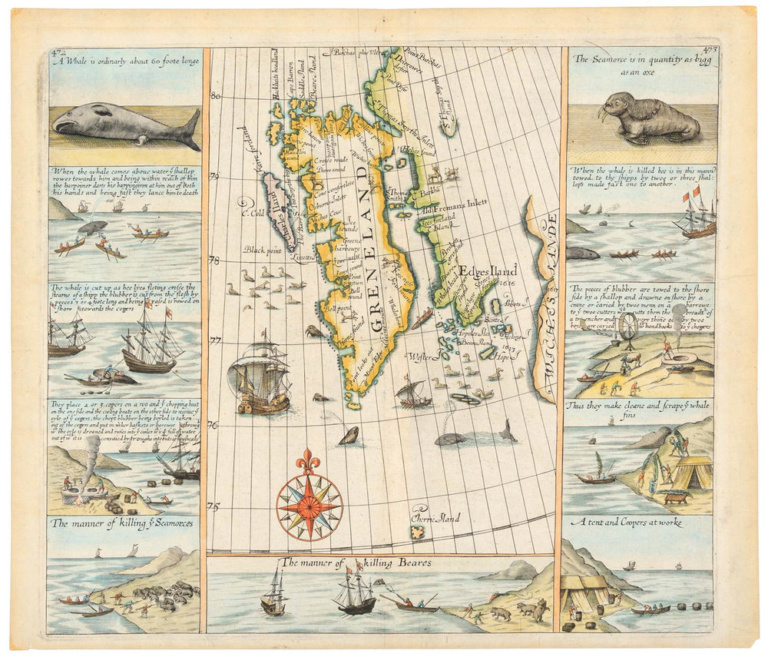Frenchman René-Robert Cavelier, Sieur de la Salle explored the Mississippi River in the 1780s — an endeavor which, according to the rules of European exploration of the new world, meant claiming the entire watershed for France.

La Salle is perhaps notable amongst famed explorers for being particularly harsh in his treatment of subordinates. Many of the famed explorers were known as harsh masters, and many faced mutinies. Columbus, Magellan and others faced mutinies. Mutineers famously set Henry Hudson adrift in a boat with his son and a few loyal others.
La Salle was apparently so difficult that he was constantly facing desertion from his expeditions. In one incident, he hunted down his deserters, perhaps to recover supplies they had stolen.

La Salle’s intention was to set up a colony at the mouth of the Mississippi in 1685 CE. The colonists landed at the mouth of the wrong river (near present-day Matagorda Bay, Texas, about 500 miles west of the Mississippi—the problem of determining longitude would not be solved for almost another century), and due to La Salle’s conflicts with the captain of the ships that carried his expedition, the ships departed immediately after landing the colonists. Thus, when they discovered that their settlement was not on the mouth of the Mississippi, they had to scout for their desired location overland.
La Salle lost his life on one of these expeditions to find the Mississippi overland from his settlement. While decoyed by one of his command, Jean L’Archevêque, La Salle was shot from ambush by Pierre Duhaut, one of the men in his command. Plenty of dangers awaited explorers of territories unknown, getting shot in the back by one’s own associates was not one of the common ones.
Many of the great explorers died on the missions for which they were famous. Magellan did not circumnavigate the globe, even though his expedition did.
Consider, for example, the Muscovy Company (originally the Mystery and Company of Merchants Adventurers for the Discovery of Regions, Dominions, Islands, and Places unknown), which sought the Northeast Passage—a sailing route to Cathay (China) north of Russia, through the arctic seas to the Pacific. Their first mission, in 1554, sent out three ships. Two of them, under command of Sir Hugh Willoughby, did not return. Willoughby’s ships were found in 1556, but the expedition that was trying to recover them was lost with few survivors.
In the 1590s, William Barents (or Barentz) led three expeditions into arctic waters in search of the northeast passage. In those expeditions, he mostly sailed in the waters near the islands of Novaya Zemlya, west of which is the section of the arctic oceans now given Barents’s name. In the third of those expeditions, he lost his ship, his life, and many of his crew.

The explorers did not fill their ships with conscripted sailors forced to serve by law and fear of the lash, but with sailors hoping for riches, however small their share of a successful voyage might have been. The working conditions were terrible, but it should be remembered that the rewards were great: the few survivors of Magellan’s expedition became rich.



